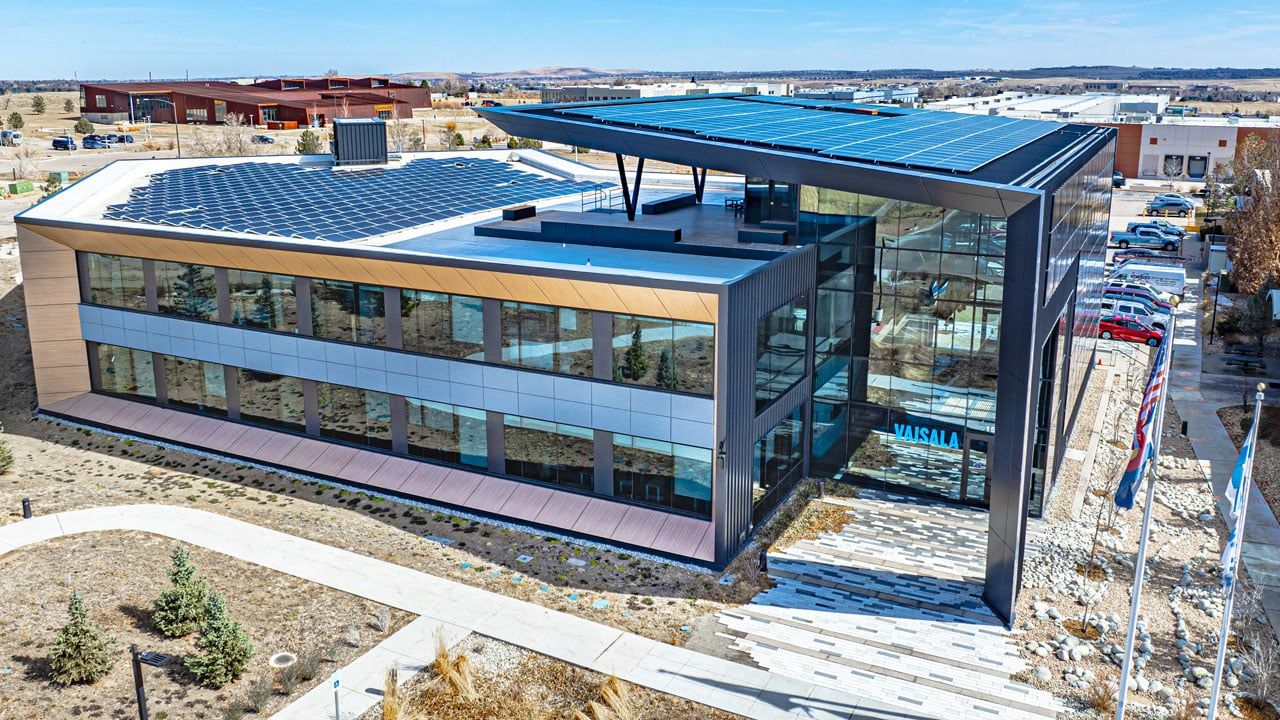Should users migrate to Windows 10? Maybe
Migration isn’t just for birds any more.
The information-technology industry defines “migration” as the process of moving from the use of one operating environment to another that is a perceived improvement. Microsoft released its latest and greatest operating system, Windows 10, last summer. This was a long-awaited relief for the aging Windows 7 and less-than-popular Win 8. So, just as XP was eliminated in 2014, the clock is also ticking for Win 7 as Microsoft will end its support for the old OS in 2020.
Although the Win 7 end-of-life is four years away, it is never too early for business owners to begin planning their organizations’ next step in migrating away from these older operating systems. The following analyzes certain aspects to consider when migrating your company to a new OS such as Windows 10.
SPONSORED CONTENT
Commercial Solar is a big investment, but not an overwhelming one
Solar offers a significant economic benefit for commercial property owners while also positively impacting the environment and offering a path to compliance for new municipal requirements like Energize Denver. A local, experienced solar installer will help you navigate the complexities of commercial solar to achieve financial success for your project.
Benefits of migrating
Windows 10 is considered to be the most secure version, ever. Microsoft included a ton of beefed-up security features that cover your PC when booting up, logging onto your user profile and while running applications. A recent survey from security firm AVG also found that the Win 10 OS out-performed its predecessors in terms of boot/browser startup time, Microsoft Suite performance (Word, Excel, etc.) and battery life. Windows 10 is the clear winner based on overall security and performance.
The new OS also promises ongoing updates, which could mean the end of major migrations in the future — seriously! The migration to Win 10 will be much simpler than it was when upgrading from XP to Win 7 because most of the back-end infrastructure is already in place.
What does this mean for your business? Upgrading to the new OS will be quicker and more efficient, and you’ll run into fewer blockages and incompatibility issues with existing software and programs.
Bring-Your-Own-Device (BYOD) policies have become more popular in the workplace in order for organizations to reduce equipment costs and stay up to date with their technology. Win 10 hopes to streamline operations across all devices (mobile, tablet, etc.), which will enable organizations to take full advantage of cloud computing and BYOD procedures. A survey last year by Gartner Inc. found that BYOD policies will be implemented by 38 percent of businesses in 2016 and at least 50 percent by 2017, suggesting an extremely quick adoption of Windows 10 by most enterprise-level organizations.
Concerns with switching
Despite all of the positives that come with migrating, there are always issues that arise for business owners during a mass upgrade of this scale.
A Spiceworks report from June 2015 discovered the top Windows 10 Adaptation Concerns:
79 percent: Compatibility issues (hardware/software)
65 percent: Bugs in early release
59 percent: User training
51 percent: Lack of support from third-party vendors
43 percent: Time required for migration process
IT managers also are concerned that the free, ongoing Win 10 upgrades combined with the rising implementation of BYOD policies mean that corporations could lag behind their workforce when it comes to adoption of Win 10 on all devices. Working between different operating systems causes a very real threat for privacy, data security and incompatibility issues with employee devices on business networks.
Recommendations for your business
Don’t rush into an OS upgrade until you know that it’s right for your business. Windows 10 will continue to evolve as Microsoft releases updates and improvements as we progress through 2016. For this reason, it is generally recommended that businesses wait 12 to 18 months before completely migrating over to a new OS. This will give you time to plan out the execution of the upgrade, and also gives applications a buffer period to work out any incompatibility issues that may exist with the newly released Win 10. The largest organizations often will wait the longest to migrate, as there is much more involved with the planning phase.
It’s always a good idea to audit the apps that your business uses before an OS upgrade. Get rid of the ones that aren’t frequently being used; this will speed up the migration process and enable your business to reduce or eliminate licensing fees.
Finally, consider refreshing your employee IT policy to include Bring-Your-Own-Device. This will ensure that your devices take full advantage of the cloud-computing features of Windows 10. Studies have shown that BYOD increases employee productivity and satisfaction in the workplace.
Hans Broman, a sales and marketing strategist at iPoint in Fort Collins, can be reached at hbroman@ipoint-tech.com.
Migration isn’t just for birds any more.
The information-technology industry defines “migration” as the process of moving from the use of one operating environment to another that is a perceived improvement. Microsoft released its latest and greatest operating system, Windows 10, last summer. This was a long-awaited relief for the aging Windows 7 and less-than-popular Win 8. So, just as XP was eliminated in 2014, the clock is also ticking for Win 7 as Microsoft will end its support for the old OS in 2020.
Although the Win 7 end-of-life is four years away, it…
THIS ARTICLE IS FOR SUBSCRIBERS ONLY
Continue reading for less than $3 per week!
Get a month of award-winning local business news, trends and insights
Access award-winning content today!

